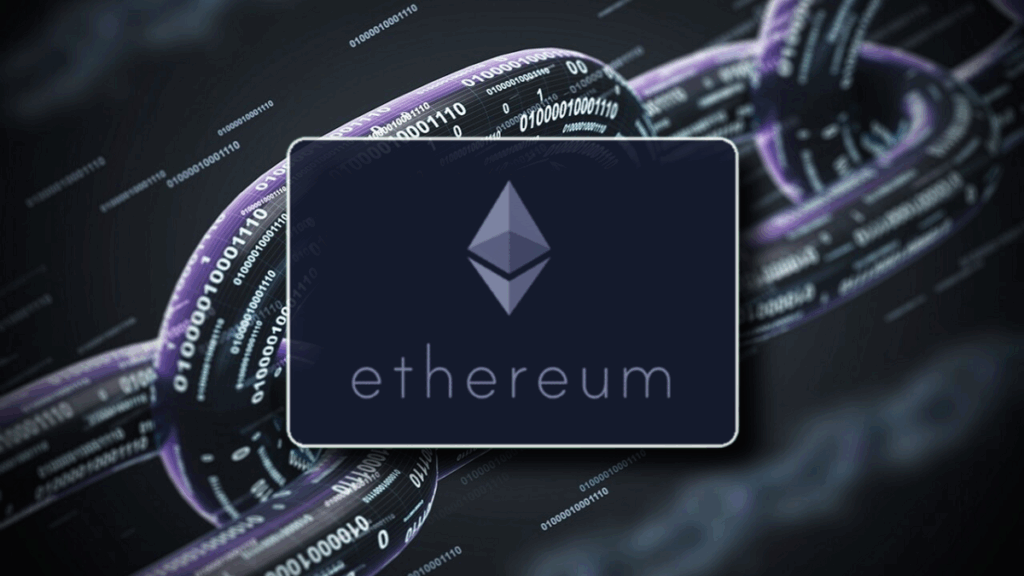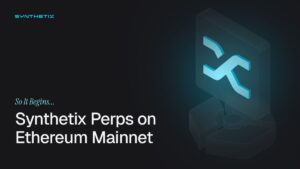TL;DR
- Ethereum’s Holešky testnet, the largest in its history, is preparing to close after two years of service.
- The transition comes with the upcoming Fusaka upgrade and the launch of a new testnet called Hoodi.
- Developers and validators will now migrate to Hoodi and Sepolia for testing, while Ethereum gears up for Fusaka on mainnet in November 2025, followed by the ambitious Glamsterdam upgrade in 2026.
Ethereum’s Holešky testnet is nearing its shutdown after playing a crucial role in the network’s evolution since 2023. Designed as a large-scale playground for staking and validator operations, it supported several upgrades that shaped Ethereum’s path toward greater scalability. With Fusaka on the horizon and Hoodi already active, the ecosystem is now shifting toward its next chapter of testing and innovation.
Two Years Of Testing Reach Their Conclusion
Holešky launched in September 2023 with the goal of providing a validator-rich environment to stress-test Ethereum’s staking infrastructure. It successfully carried out that mission, especially during the Dencun and Pectra upgrades. For developers, it was a unique space to experiment with large validator sets under real-world conditions.
Still, the network was not without challenges. Earlier this year, it faced inactivity leaks that resulted in long validator exit queues, which slowed down experimentation. While Holešky eventually recovered, the limitations highlighted the need for a more efficient testing environment.
Hoodi Becomes The Successor
To address these constraints, the Ethereum Foundation introduced Hoodi in March 2025. Hoodi already supports Pectra and will continue with Fusaka and beyond, providing infrastructure operators and staking providers with a smoother testing path.
For developers building smart contracts and dApps, Sepolia will remain the recommended testnet. This dual structure — Hoodi for validator and infrastructure testing, Sepolia for applications — ensures continuity as Holešky winds down.

Fusaka And The Road Ahead
The Fusaka upgrade, expected on mainnet in November 2025, aims to improve rollup efficiency by distributing data availability more evenly across validators. This could reduce costs and enhance scalability for layer-2 ecosystems. The fork will include 11 Ethereum Improvement Proposals (EIPs), each targeting critical aspects of performance and usability.
Looking further ahead, the Glamsterdam upgrade set for 2026 proposes to cut block times in half, moving to 6-second confirmations. This would not only accelerate transaction finality but also create more room for advanced zero-knowledge computations, reinforcing Ethereum’s long-term leadership in decentralized infrastructure.
Ethereum’s proactive roadmap reflects its steady evolution, ensuring that despite the end of Holešky, the network continues to expand its capabilities and strengthen its role in the global digital economy.










